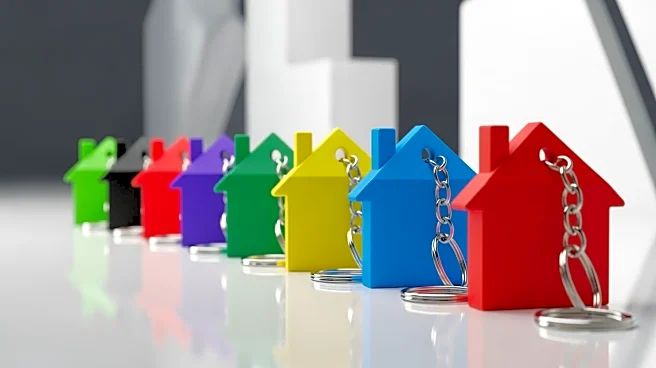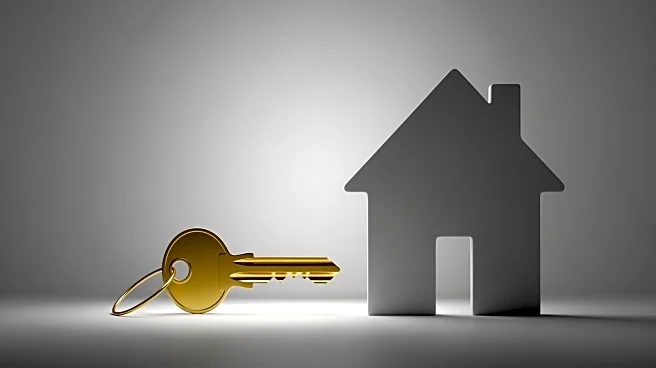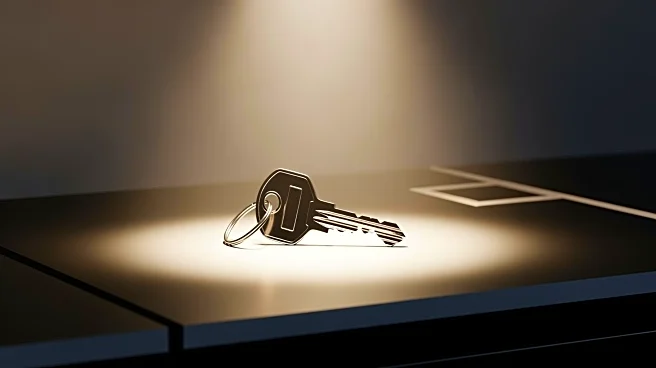What's Happening?
A recent survey conducted by TD Bank highlights a significant trend among U.S. homeowners who are increasingly leveraging their home equity to manage financial challenges. The survey found that 65% of
homeowners with non-mortgage debt owe $10,000 or more, indicating financial strain despite a stable housing market. Many homeowners are opting to consolidate high-interest debts and invest in home renovations rather than moving to new properties. This shift is driven by the high cost of living and the lock-in effect, where homeowners prefer to stay in their current homes to avoid higher mortgage rates. The survey also revealed that 86% of homeowners view home equity lines of credit (HELOCs) as crucial financial safety nets, with 70% believing these products can enhance their financial confidence.
Why It's Important?
The trend of using home equity as a financial tool reflects broader economic pressures, including inflation and stagnant wages, which have made it difficult for many to manage their debts. By tapping into home equity, homeowners can potentially lower their overall interest rates and improve their financial stability. This approach also suggests a shift in consumer behavior, where individuals prioritize maximizing their current living situations over relocating. The reliance on HELOCs and other equity products could have implications for the housing market, potentially reducing the number of homes available for sale and affecting real estate dynamics. Financial institutions may also see increased demand for equity-based products, influencing lending practices and interest rates.
What's Next?
As more homeowners turn to home equity solutions, financial institutions may need to adapt their offerings to meet this demand. This could include developing more flexible equity products and providing better financial education to help consumers understand the benefits and risks associated with leveraging home equity. Additionally, policymakers might consider addressing the underlying economic issues, such as inflation and wage stagnation, to alleviate the financial pressures on households. The trend could also lead to changes in the real estate market, with fewer homes being sold and more investments in home improvements, potentially impacting housing prices and availability.











